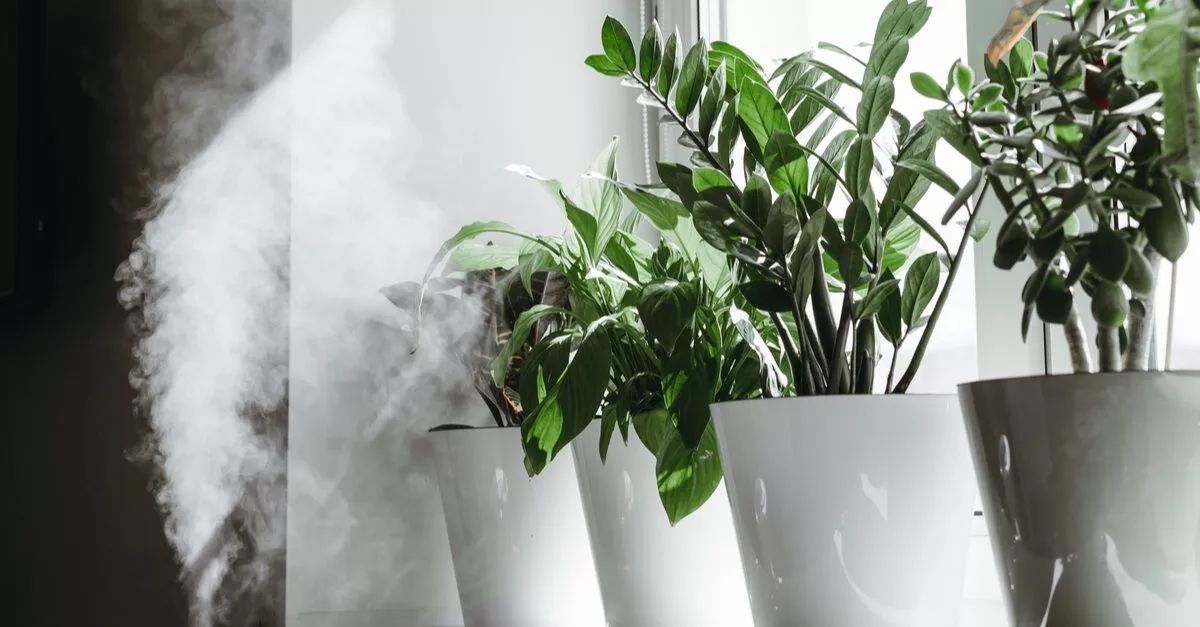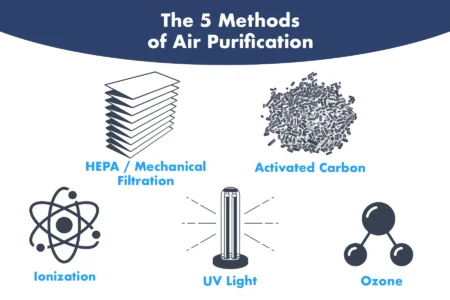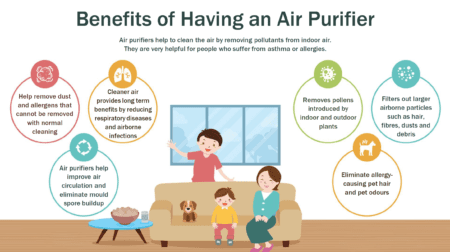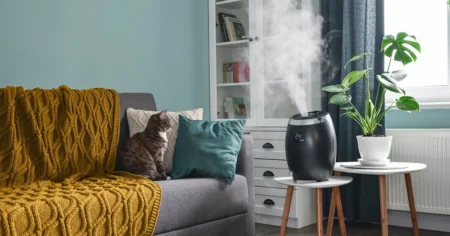

Humidifiers for Plants: Optimizing Indoor Plant Growth and Health with Proper Humidity
Discover how humidifiers can enhance the growth and health of your indoor plants. Learn about the benefits of maintaining proper humidity levels and explore tips for optimizing plant growth. Improve your green thumb and create a thriving indoor garden.
Introduction Humidifiers for Plants
Indoor plants add life and beauty to any space, but maintaining their health and promoting optimal growth can be a challenge. One key factor that significantly impacts the well-being of indoor plants is humidity. Adequate humidity levels play a crucial role in supporting plant growth, preventing dryness, and warding off pests and diseases. In this comprehensive guide, we will explore the benefits of using humidifiers for plants, understand the importance of maintaining proper humidity levels, and provide valuable tips for optimizing plant growth in indoor environments.
The Role of Humidity in Plant Health
Indoor plants thrive in specific humidity ranges that mimic their natural habitats. Humidity affects various aspects of plant health, including transpiration, nutrient absorption, and overall growth. Insufficient humidity can lead to dry and withered plants, while excessive humidity can create a breeding ground for fungal growth and pest infestations. By maintaining proper humidity levels, you can provide a favorable environment for your plants to flourish.
Benefits of Using Humidifiers for Plants
Humidifiers offer a practical solution for controlling indoor humidity and creating an optimal environment for your plants. Here are some key benefits of using humidifiers for plants:
- Moisture Regulation: Humidifiers help maintain consistent moisture levels in the air, preventing plant dehydration and ensuring proper water uptake.
- Enhanced Transpiration: Adequate humidity facilitates transpiration, the process by which plants release moisture through their leaves. This aids in nutrient absorption and overall plant health.
- Disease Prevention: Balanced humidity levels deter the growth of harmful pathogens and reduce the risk of plant diseases such as powdery mildew and fungal infections.
- Pest Control: Many common plant pests, such as spider mites and aphids, thrive in dry environments. Optimal humidity levels discourage pest infestations and help keep your plants free from unwanted visitors.
Maintaining Proper Humidity Levels
To optimize plant growth and health, it is essential to maintain the right humidity levels for different types of plants. Here are some guidelines for maintaining proper humidity:
- Research Plant-Specific Requirements: Different plants have varying humidity preferences. Consult plant care guides or seek advice from local nurseries to understand the specific humidity requirements of your plants.
- Use a Hygrometer: A hygrometer is a valuable tool for measuring humidity levels. Place it near your plants to monitor and adjust humidity as needed.
- Choose the Right Humidifier: Select a humidifier that suits the size of your space and provides the desired level of humidity control. Consider factors such as mist output, coverage area, and adjustable settings.
- Position Humidifiers Strategically: Place humidifiers near your plants, but ensure they are positioned away from direct contact to prevent water damage. Aim for even distribution of humidity throughout the space.
Humidity Tips for Different Plant Types
Different types of plants have varying humidity requirements. Here are some general guidelines for maintaining optimal humidity for common plant categories:
- Tropical Plants: Most tropical plants prefer higher humidity levels, typically between 50% and 60%. Consider using humidifiers or grouping plants together to create a more humid microclimate.
- Succulents and Cacti: These desert plants thrive in lower humidity environments. Aim for humidity levels between 30% and 40% to prevent excessive moisture accumulation.
- Herbs and Vegetables: Many herbs and vegetables prefer moderate humidity levels, typically between 40% and 50%. Use humidifiers sparingly and monitor moisture levels closely to avoid excessive dampness.
Additional Tips for Plant Health
In addition to maintaining proper humidity levels, here are some extra tips for promoting the health and vitality of your indoor plants:
- Adequate Lighting: Ensure your plants receive sufficient light, as it is crucial for photosynthesis and overall growth. Place them near windows or provide artificial grow lights if natural light is limited.
- Proper Watering: Water your plants based on their specific needs. Avoid overwatering or allowing them to sit in standing water, as this can lead to root rot and other issues.
- Regular Pruning: Prune your plants regularly to remove dead or diseased foliage, promote airflow, and prevent the spread of pests and diseases.
Conclusion
Humidifiers play a vital role in optimizing indoor plant growth and health by providing the right humidity levels. By understanding the impact of humidity on plants, harnessing the benefits of humidifiers, and implementing proper humidity control, you can create an environment that promotes lush, vibrant, and healthy indoor plants. Embrace the wonders of indoor gardening and enjoy the beauty of thriving greenery in your home or office.










